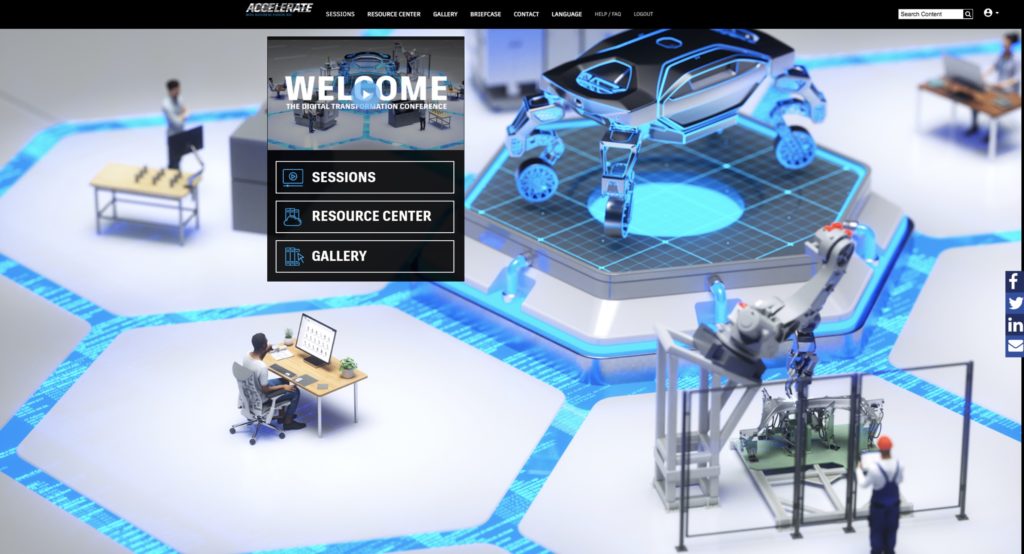
Earlier this week I attended the Autodesk Accelerate 2021 event. The event was originally started back in 2014 as an Autodesk PLM event, but within the time was transformed into a special manufacturing and innovation event. This is the second virtual Accelerate event. Earlier events took place in Boston and Toronto. The event link is here and you can register for free to watch the demos and presentation.
I want to share some of my comments from the event and especially from the keynote session by Derek Cooper and the following Q&A with Stephen Hooper, Susana Holt, Srinath Jonnalagadda, and Jamie Eckmier.

From Manufacturing Trends To Convergence of Design and Manufacturing
The keynote reflected on the main industry trends – smart products, supply chain resilience, and digitization. The trends are well-known and I’ve been talking about them multiple times. Autodesk broadly presents them as a leading development that outlines the modern reality of the manufacturing industry.
The trends lead Autodesk to introduce the strategy of convergence between design and manufacturing that fundamentally explains the Autodesk Platform development as a one-product design and manufacturing environment.
The platform is also not a new thing – Autodesk Fusion 360 and underlining Autodesk Forge platform was in the focus of Autodesk development for the last decade since the first time Autodesk announced the cloud transition.
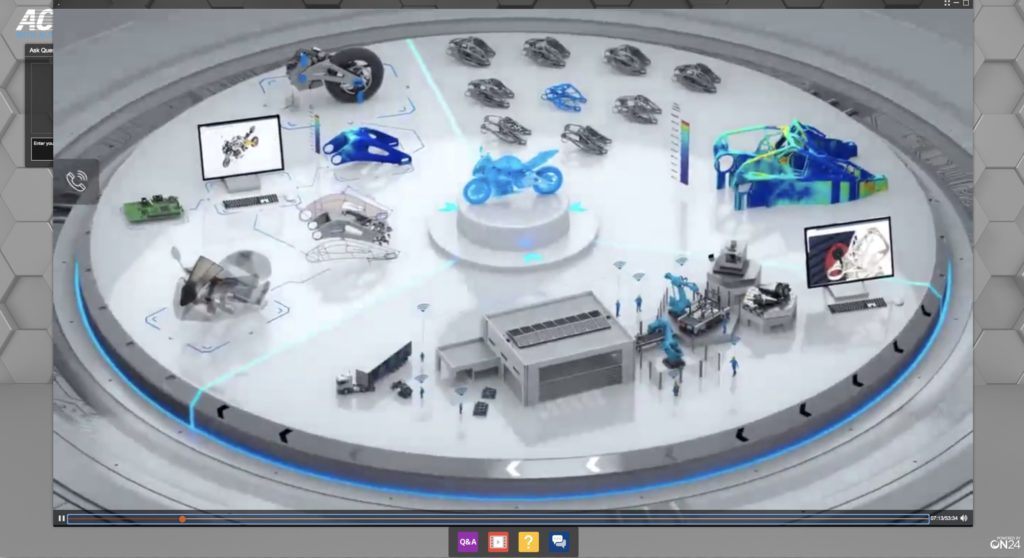
Autodesk One Data Platform
The foundation for Autodesk’s design and manufacturing platform is Autodesk Forge – a platform that provides data storage, API, and multiple data services such as data processing, visualization, and automation. The Autodesk Forge is a multi-tenant platform that Autodesk continuously developed for the last 7-8 years.
Nice visuals give you an idea about how everything will smoothly transition and provide a way to access multiple applications with simultaneous collaboration and communication.
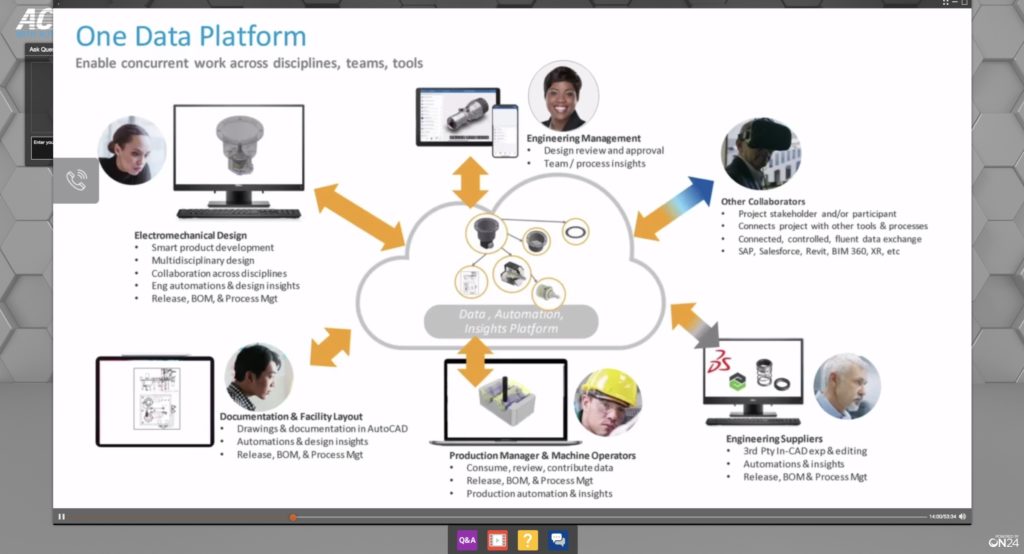
What about Autodesk PDM/PLM?
The presentation gave the next update about Autodesk’s plans to develop PDM/PLM. The Autodesk plan is to use their recent acquisition (Upchain) to introduce a new cloud PDM/PLM. Upchain was mentioned as a new SaaS, unique data management environment capable of providing both PDM and PLM solutions.
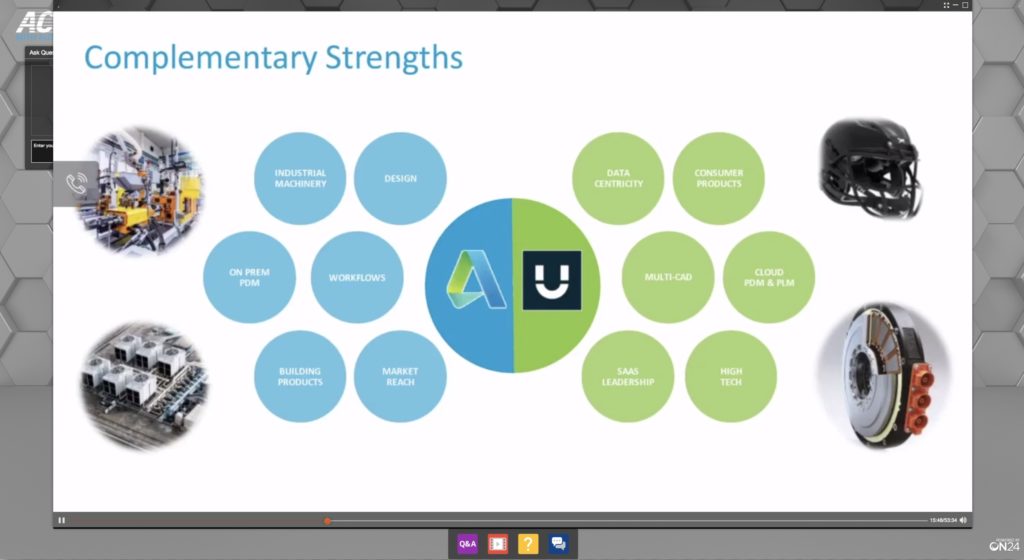
The strategy raises many questions starting from how Upchain will be integrated with Forge360 and ending up with how numerous Upchain integrations will survive the acquisition process of Autodesk. Some of them are with competitive products (eg. Solidworks), which will turn the question of competition between Autodesk platform and 3DEXPERIENCE Works provided by Dassault. There is not much information available (yet) about it.
Autodesk Vault and Fusion Lifecycle (PLM)
What will happen to Autodesk Fusion Lifecycle (Fusion 360 Manage) and Autodesk Vault? These systems were the foundation of Autodesk PLM and PDM strategy before the acquisition of Upchain. The story of these two systems is unclear and not much information was shared about it. Most probably Autodesk will gradually discontinue existing Autodesk Fusion 360 Manage (PLM), formerly known as Fusion Lifecycle and PLM360. However, nothing was said about it. Also, Autodesk didn’t mention anything about Autodesk Vault, a long-time on-premise PDM system, which recently got an upgrade with a new Vault Mobile application.
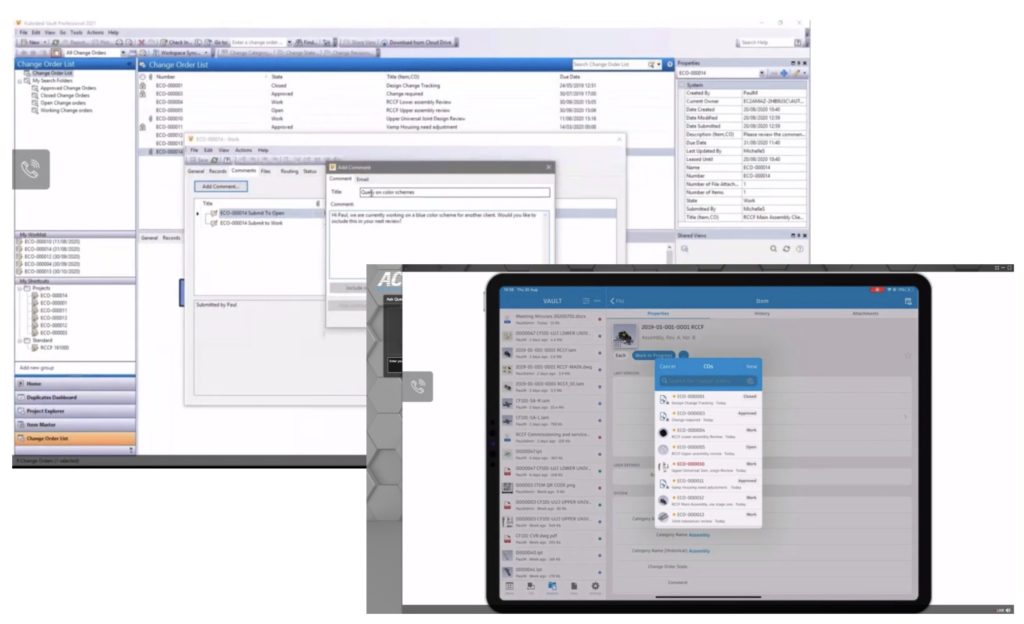
What is my conclusion?
Autodesk is focusing on the One Data Platform for manufacturing on top of the Forge platform. From that standpoint, the vision and strategy of Autodesk didn’t change. From the application and PLM standpoint, Autodesk decided to shift the gears and made a major replacement by moving from a combination of on-premise PDM (Autodesk Vault) and cloud PLM (Fusion Lifecycle) into a newly acquired system – Upchain. So, after the long pause in Autodesk PLM development, Upchain is a new phase in Autodesk PLM, which will lead to new applications, integrations, and services. How fast Autodesk will be able to get Upchain up to speed on top of Autodesk Forge and how seamless the integration will happen are the most important question to answer. Otherwise, Autodesk will risk having a “new PLM silo”. But it looks like Autodesk learned from the past and opening a new page. So, if you’re Autodesk fans and interested in Autodesk PLM, this is the time to wait and watch how Autodesk will handle Upchain introduction on top of Autodesk Fusion360/Forge platforms. Just my thoughts…
Best, Oleg
Disclaimer: I’m co-founder and CEO of OpenBOM developing a digital network-based platform that manages product data and connects manufacturers, construction companies, and their supply chain networks. My opinion can be unintentionally biased.
The post What Is Autodesk One Data Platform and Where Autodesk PDM/PLM Goes? appeared first on Beyond PLM (Product Lifecycle Management) Blog.
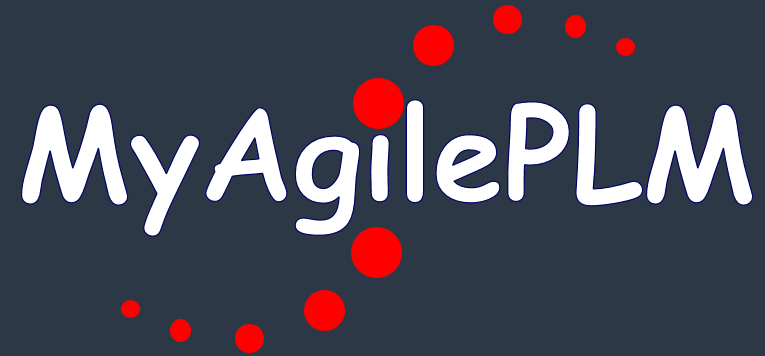


Be the first to post a comment.